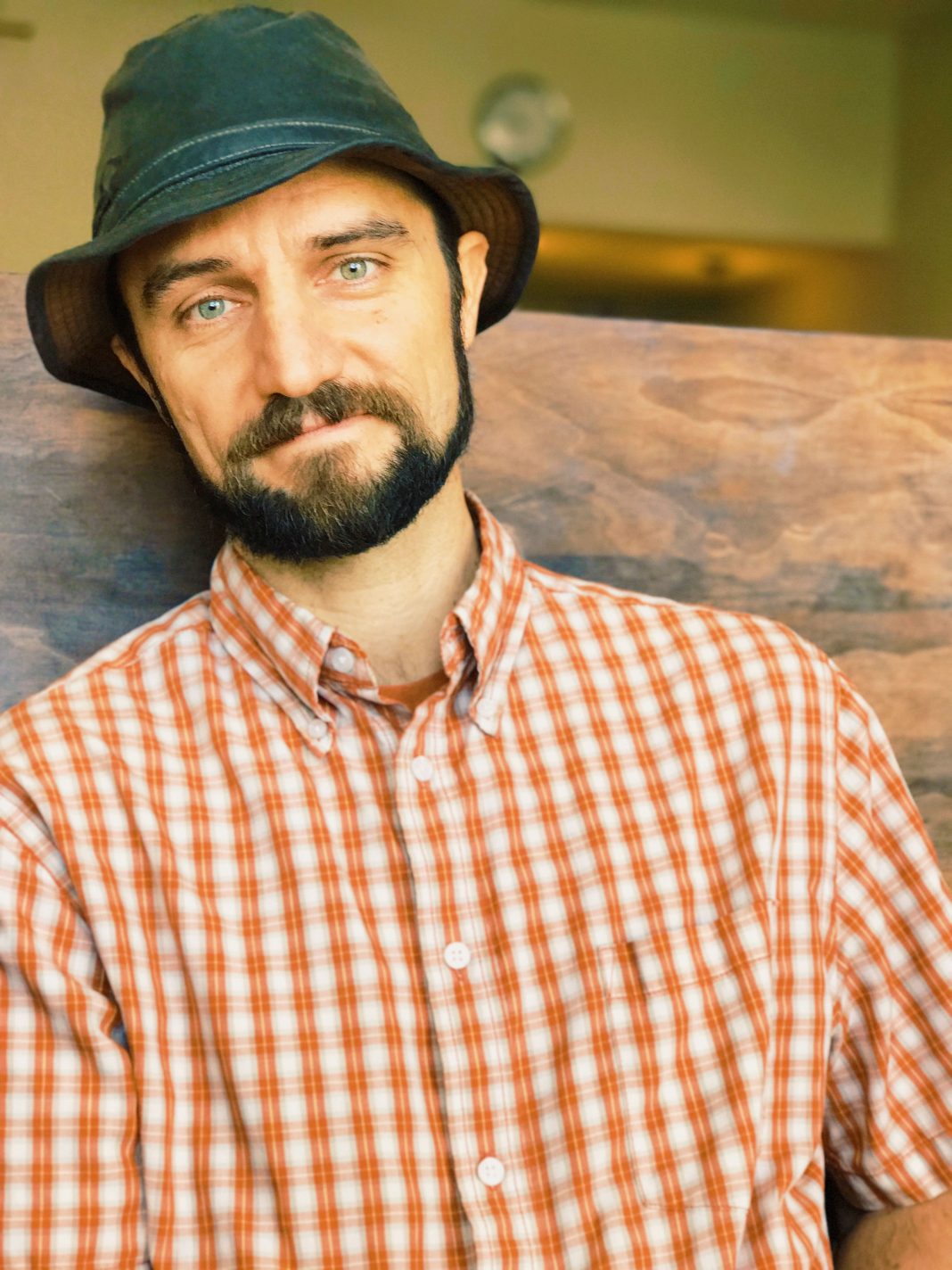UTM course HIS212: The History of Capitalism has much to offer. With topics ranging from weaving techniques to the conquest of the Americas, it explores a wide variety of topics related to economic life under capitalism. The Medium sat down with the course’s instructor Dr. Kevin Coleman, an associate professor in UTM’s history department, to discuss the course and what it entails.
The course was first offered last year. Coleman describes how his colleagues and himself proposed the creation of the course three to four years ago. The goal was to design a new and innovative course that would interest and attract incoming undergraduate students.
The course was specifically designed to not be geography-specific and is globally relevant. The course combines logic with history and is thematic in nature which sets it apart from other history courses. According to the course website, the History of Capitalism “uses historical methods to study the social, political, cultural, environmental, gendered, and ethical aspects of economic life under capitalism.” Coleman views the course as a way of providing students with a self-defense mechanism in today’s civil society.
When asked about how this might help students from different programs, Coleman says that the course “will help students understand to not take things for granted or assume [one way] is the only or best way there is to organize social, political, and economic [aspects].”
Coleman provides an example of the smile every customer receives when they walk into a Starbucks store. He points out that the smile is not because the staff member is happy to see you but because they are being paid and monitored to do so. As a customer, you are paying for that particular kind of service in that particular way. He highlights that the History of Capitalism course will explore how, as members of a civil society, we arrived to the Starbucks situation described above and what could be better.
In terms of course work, students can expect historical and conceptual examples with ecological aspects such as how air is factored out and has no value on its own. The course consists of several readings including works by Scottish economist Adam Smith. Readings will later be discussed during the lecture as a class to help the students better understand the concepts and contribute.
The History of Capitalism also includes two interesting projects. One is a Wikipedia project which entails the students to write about a topic, edit other students’ writing, and finally, create a conceptual map for the entire twelve-week course.
In the second assignment, students can select any “thing” and prepare a report on the history of the object. Coleman uses a mobile phone as an example and describes that the person might need to provide the history starting from where the lithium in the phone came from, who designed the software, who owns it, where was it assembled, and where does the developer live now.
Coleman assures that any student, regardless of their background, can succeed in this course and will enjoy it. While he acknowledges that the course is challenging in terms of the readings the students have to complete, he affirms that after the lecture and class discussions, students will feel more at ease and have a sense of satisfaction and understanding. Coleman also mentions that the course will help every student, irrespective of their major, develop the critical thinking, analytical skills, historical awareness, and political reasoning required to better understand the world around them.



